Data collection is crucial for successful organizations to gain insights into their operations and customers. Advances in data processing and visualization have made big data more accessible. As data generation grows exponentially, organizations need valuable data for monitoring business processes and essential systems. Big data, which includes large, diverse datasets, is used in machine learning, predictive modeling, and advanced analytics to solve business problems and make informed decisions.
Machine learning is a subset of artificial intelligence (AI) that involves the use of algorithms and statistical models to enable machines to perform a specific task without using explicit instructions, instead relying on patterns and inference.

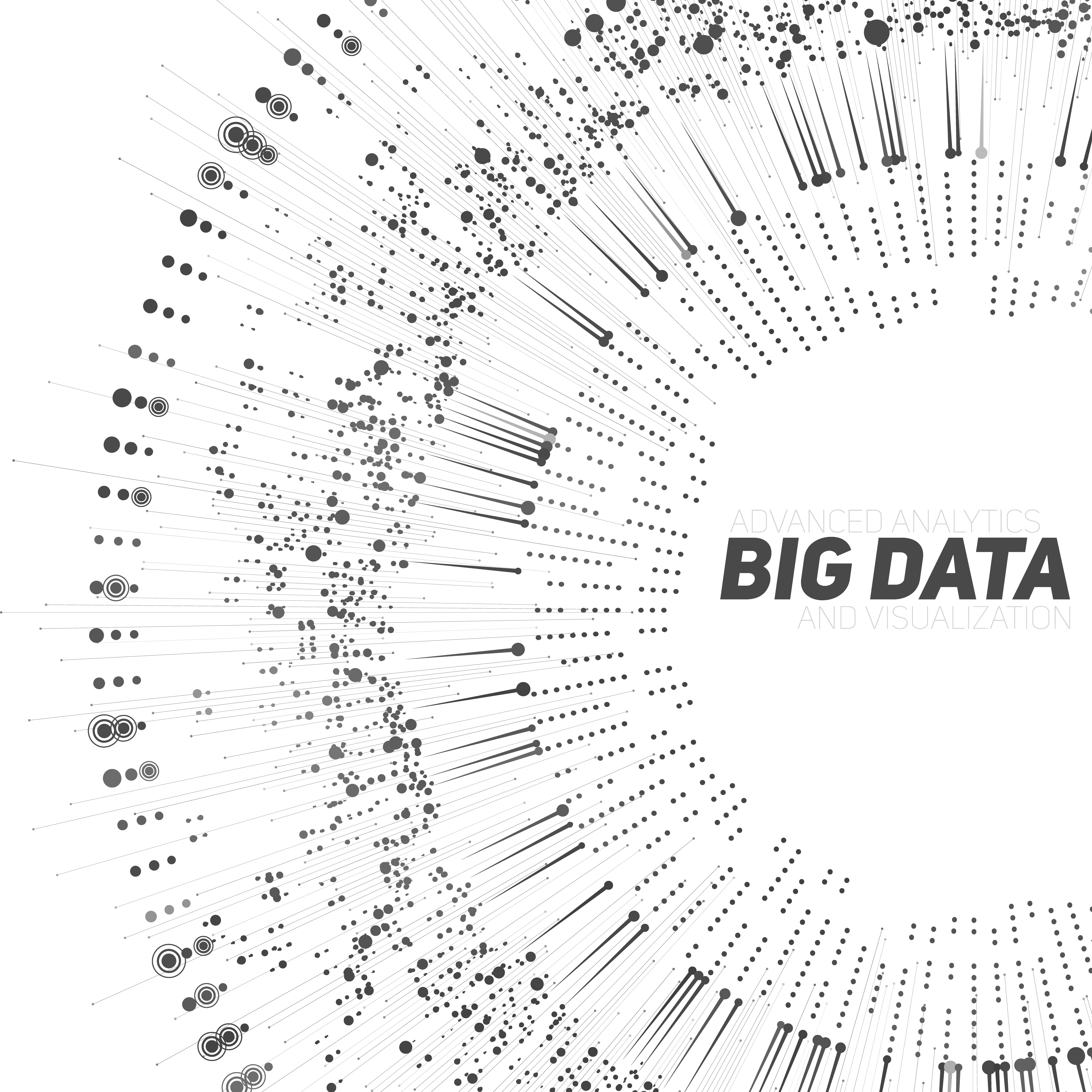
In other words, machine learning is a type of AI that allows software applications to become more accurate in predicting outcomes without being explicitly programmed to do so.
Key Concepts of Machine Learing

Supervised Learning
The algorithm is trained on labeled data, where the correct output is already known. dhdhdfhdfhdfhdfhdfhd

Unsupervised Learning
The algorithm is trained on unlabeled data, and it must find patterns or relationships on its own.

Reinforcement Learning
The algorithm learns by interacting with an environment and receiving feedback in the form of rewards or penalties.

Deep Learning
A subfield of machine learning that uses neural networks with multiple layers to analyze data.

Model
A mathematical representation of a system, process, or relationship. sgdfdfhdfhdfdh

Training
The process of teaching a machine learning model to make predictions or take actions.

Testing
The process of evaluating a ML model’s performance on new, unseen data.

Overfitting
When a model is too complex and performs well on training data but poorly on new data.

Underfitting
When a model is too simple and fails to capture the underlying patterns in the data.
Machine learning algorithms use input data to forecast or categorize patterns. An error function analyzes the model’s prediction by comparing it to known examples. If the model better fits the training set, weights are modified to decrease inequalities. The algorithm repeats this iterative process, adjusting weights independently until a certain level of accuracy is reached.
Machine Learning Techniques
- Linear Regression is a linear model that predicts a continuous output variable.
- Logistic regression is a linear model that predicts a binary outcome variable.
- Decision Trees are tree-based models that divide data into subgroups depending on feature values.
- Random Forests is an ensemble model that mixes many decision trees.
- Support Vector Machines (SVMs) are linear or non-linear models that identify the hyperplane that best separates classes.
- K-Means Clustering is an unsupervised approach for grouping comparable data points into clusters.
- Principal Component Analysis (PCA) is a dimensionality reduction approach that converts data to a lower-dimensional space.
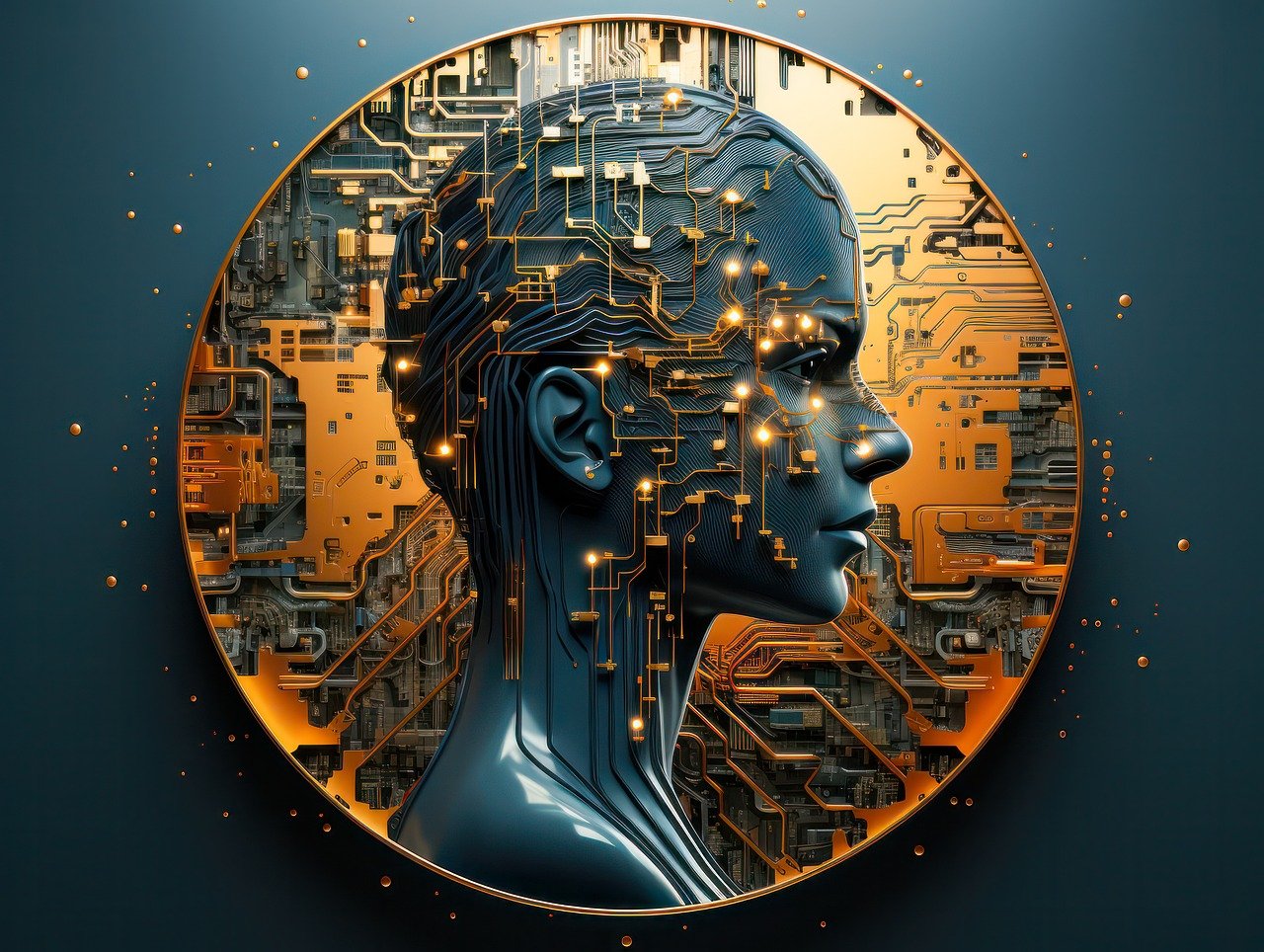
Selecting a platform may be a difficult task since an incorrect system might increase expenses or limit the usage of other useful tools and technology. When comparing several suppliers to choose an AI platform, there is a tendency to believe that more features equal a better system. Maybe so, but reviewers should start by considering what the AI platform will achieve for their organization. What machine learning capabilities must be given, and what features are required to do this? One missing feature could affect the usability of a whole system.
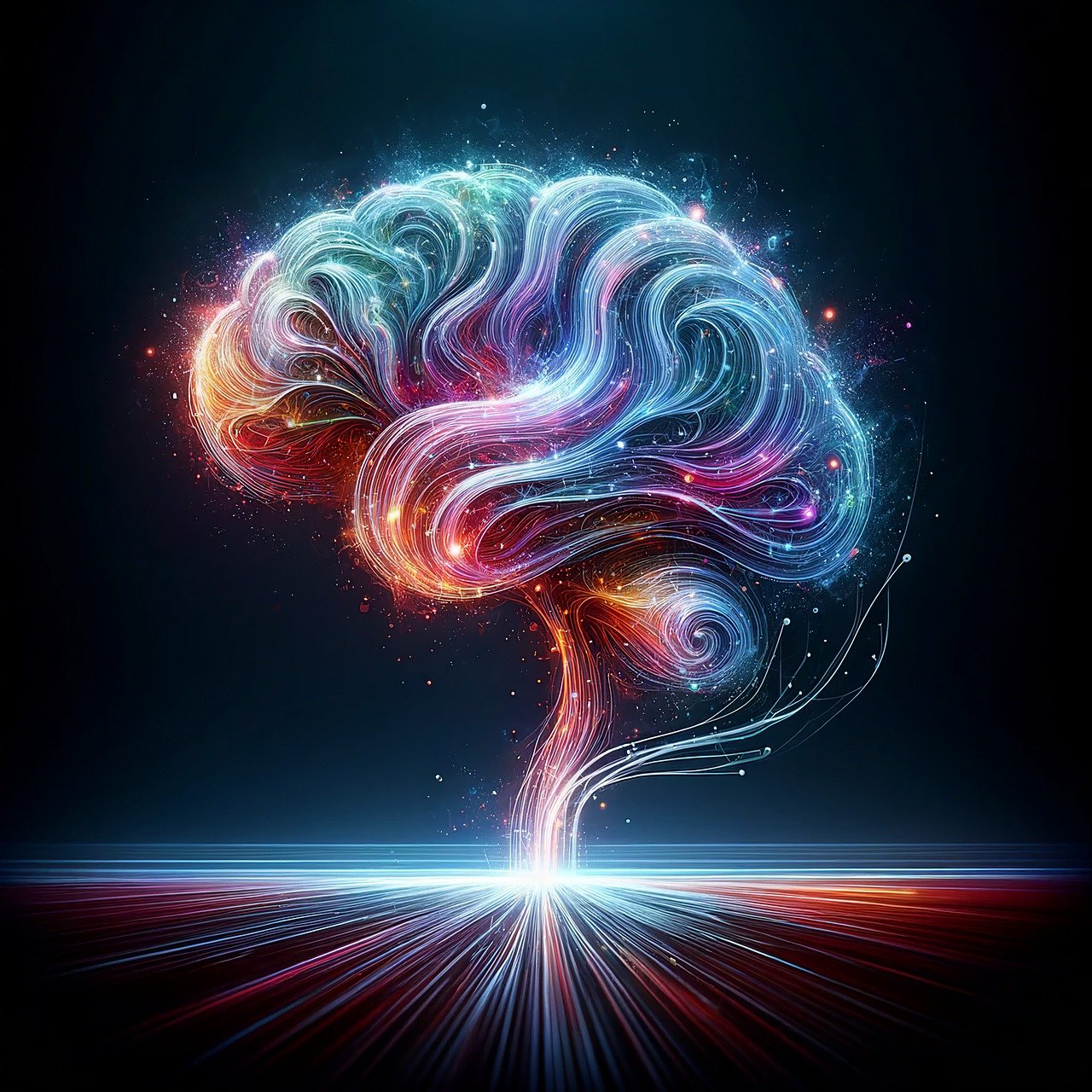
Machine Learning Tools and Frameworks
- TensorFlow: An open-source framework for deep learning.
- PyTorch: An open-source framework for deep learning.
- Scikit-learn: A Python library for machine learning.
- Keras: A high-level neural networks API.
- Microsoft Cognitive Toolkit (CNTK): A commercial-grade framework for deep learning.
- Google Cloud AI Platform: A managed platform for machine learning.
- Amazon SageMaker: A fully managed service for machine learning.
Applications of Machine Learning
Machine learning (ML) is a branch of computational science that studies and interprets patterns and structures in data to enable learning, reasoning, and decision-making without human intervention.
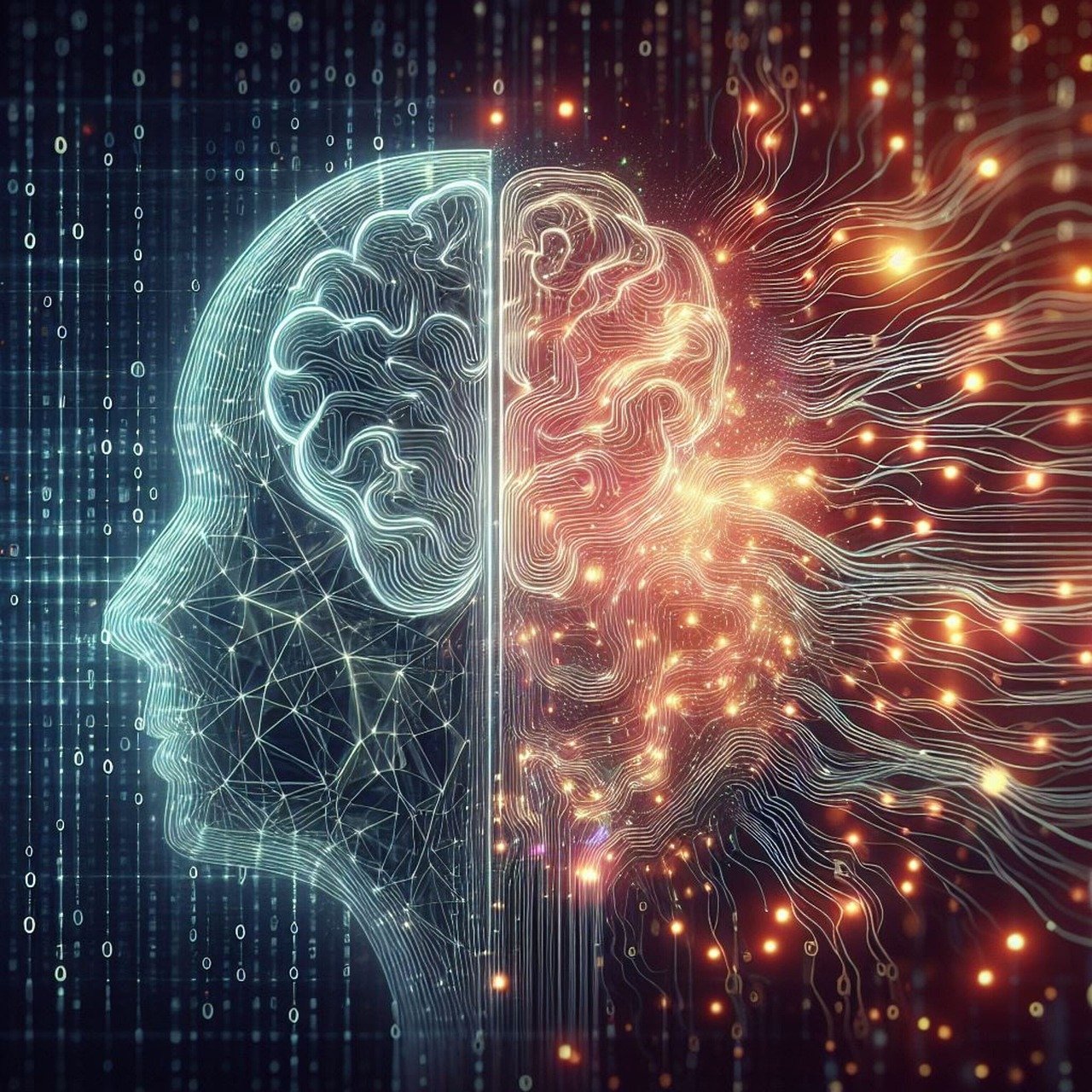
Image Recognition: Self-driving cars, facial recognition, object detection.
Natural Language Processing (NLP): Sentiment analysis, language translation, text summarization.
Speech Recognition: Virtual assistants, voice-controlled interfaces.
Recommendation Systems: Personalized product recommendations, content filtering.
Predictive Maintenance: Predicting equipment failures, scheduling maintenance.
Healthcare: Disease diagnosis, patient outcome prediction, personalized medicine.
Finance: Credit risk assessment, portfolio optimization, algorithmic trading.
Machine Learning Challenges
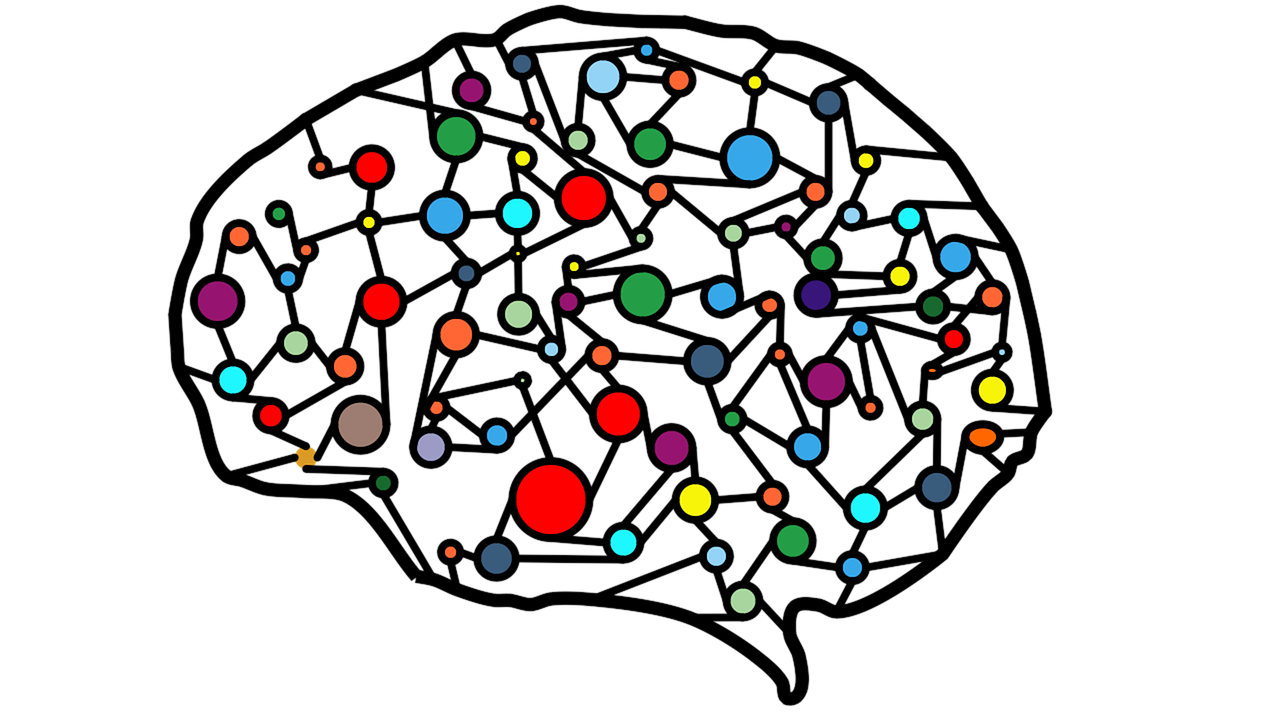
Data Quality: Poor data quality can lead to biased or inaccurate models.
Model Interpretability: Understanding how a model makes predictions can be difficult.
Model Deployment: Deploying a model in a production environment can be challenging.
Explainability: Explaining the decisions made by a model can be difficult.
Fairness: Ensuring that a model is fair and unbiased can be challenging.
Security: Protecting machine learning models from attacks and data breaches.
Ethics: Ensuring that machine learning models are used in an ethical and responsible manner.
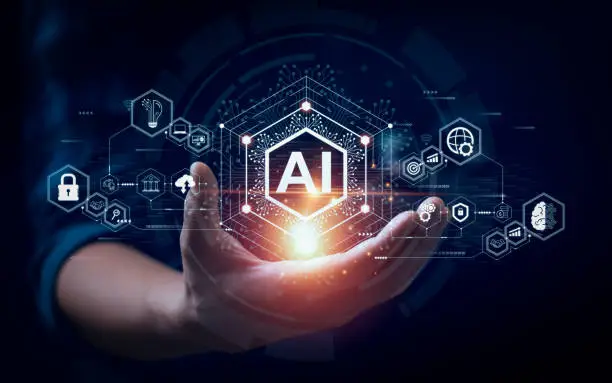
We are ready at VRLabs to help you find your way to efficiency.
For more articles:
—— > Where is Deep Learning used?
—— > Deep Learning Tech
—— > Deep Learning architecture
—— > ML vs DL vs NN
